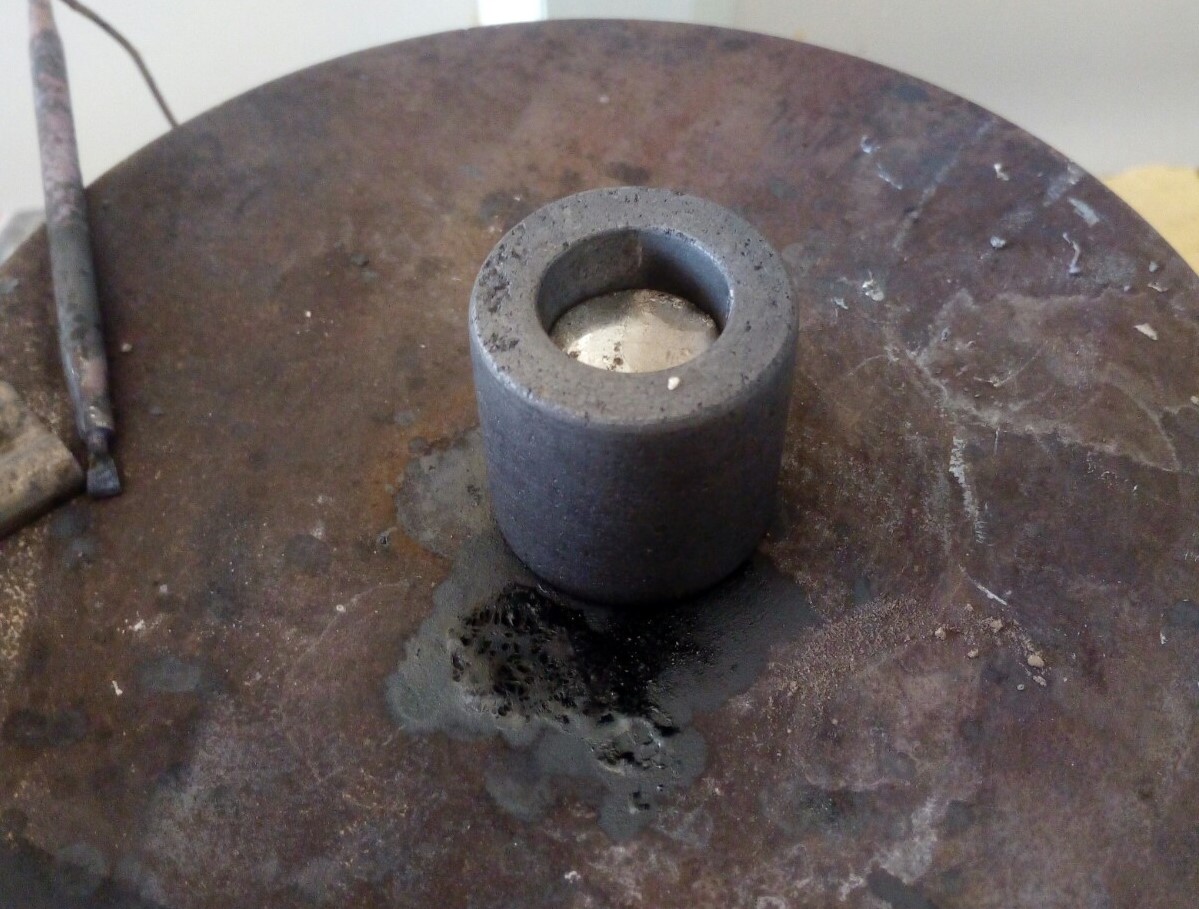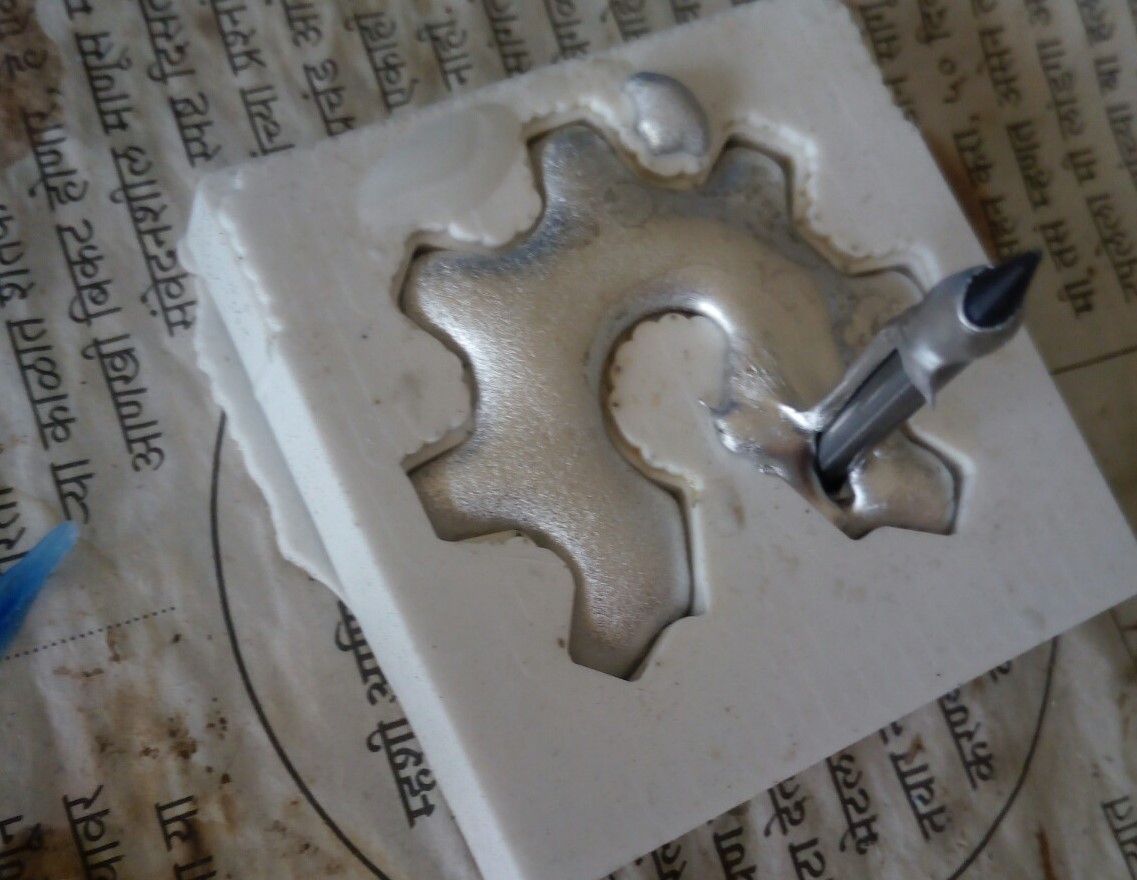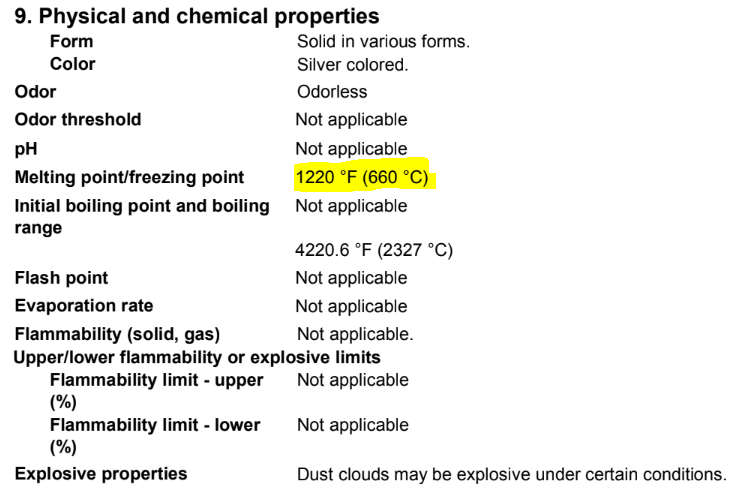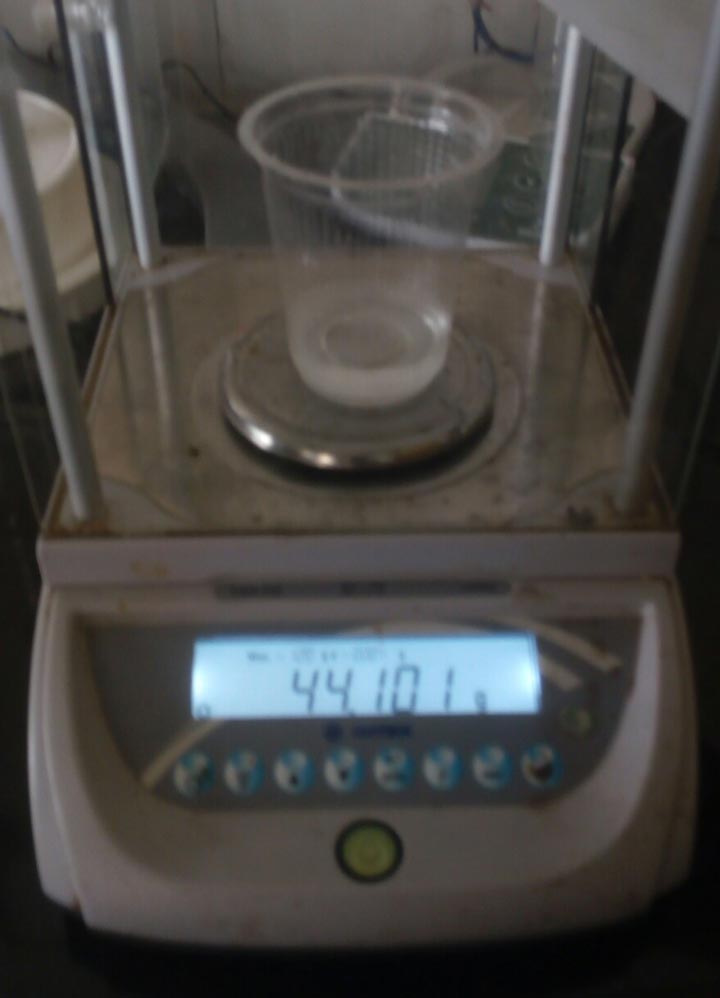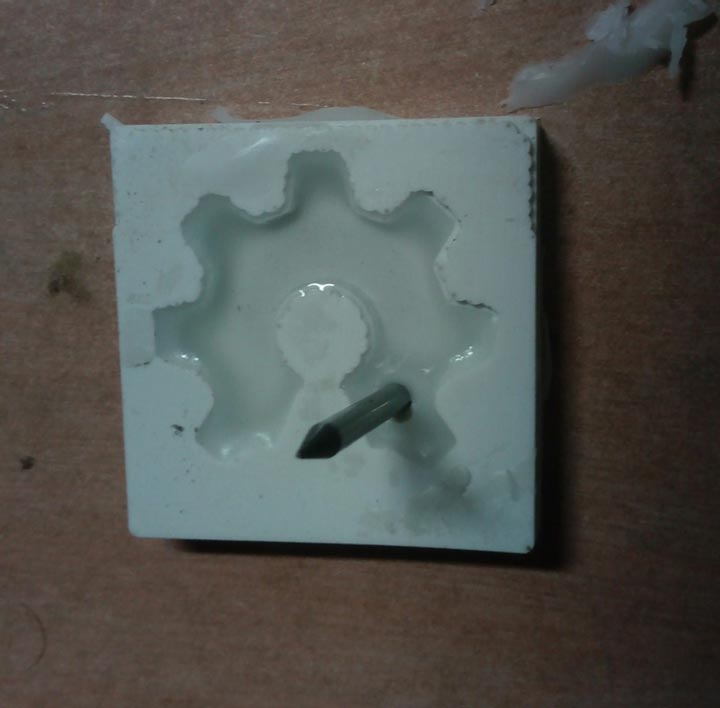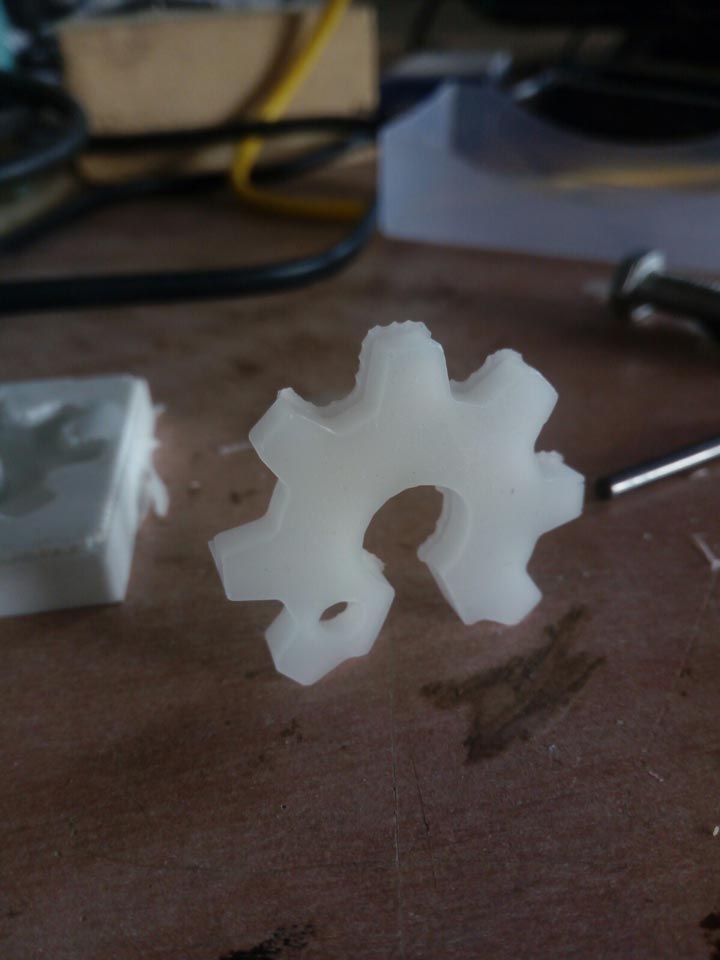



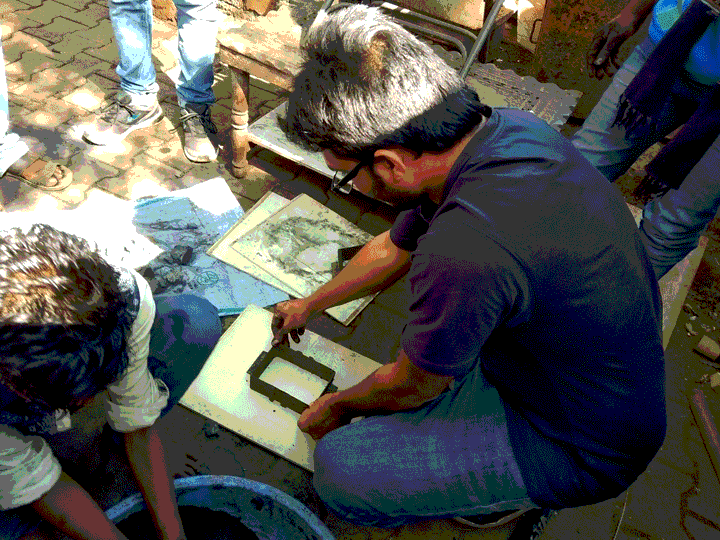
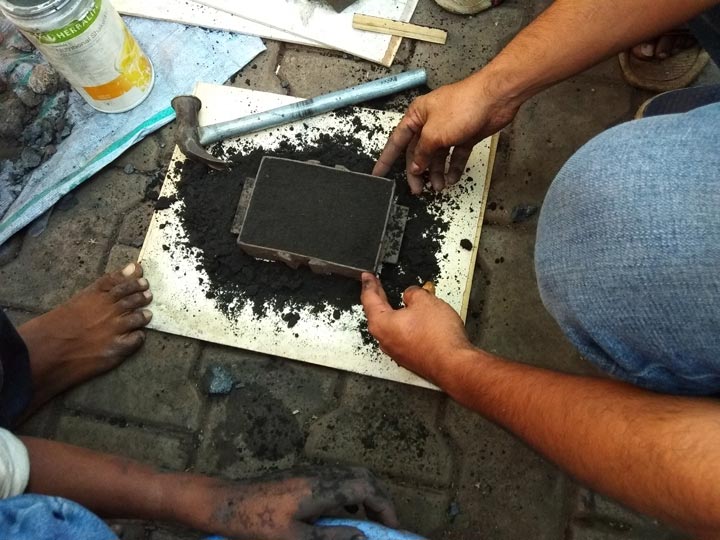

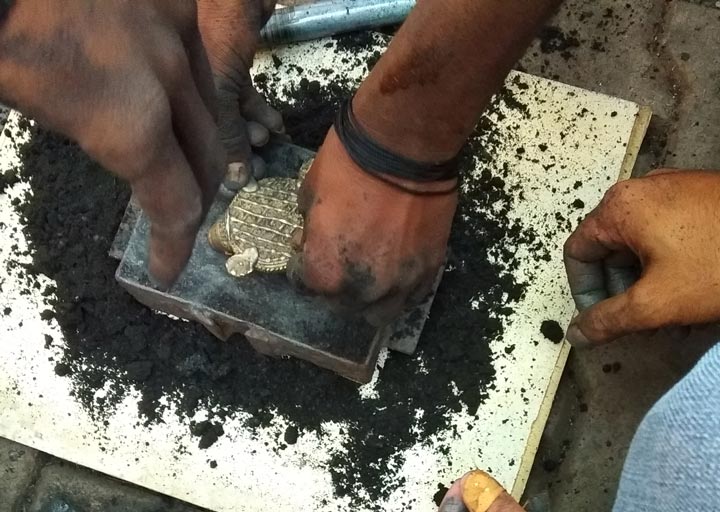


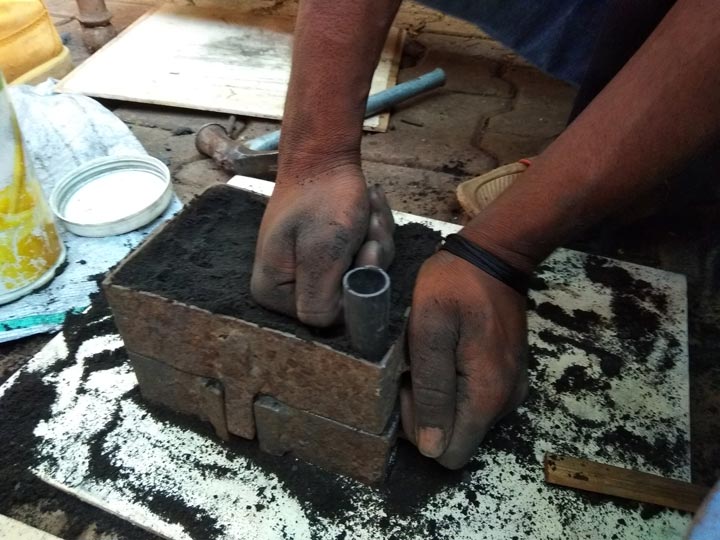



1/8" translates to 0.3175mm. For better precision, I am using a smaller tool which is 0.207mm. Hence I have changed the tool diameter.Check if everything is ok, For me the Pi didn't work exactly as planned. I needs something like a 1/64" or 1/32" bit. But since others also need the machine, I decided not change it.I'll do something different here.








